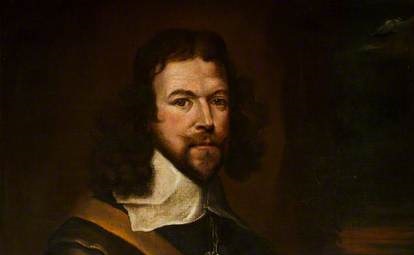The Beginnings

For the first half of its existence, Parliament sat in secret. It guarded its proceedings jealously. The story of the Press Gallery – and of parliamentary reporting – is one of rights secured gradually, sometimes accidentally, from a reluctant and usually suspicious Commons.
It was not until the 17th century that an appetite for printed news began to develop, prompted by the stirrings of opposition to Charles I.
Letting the monarch know what was said about him in the Commons was a dangerous business. But enterprising scriveners saw an opportunity to make money out of public interest in the fight between King and Commons.
They risked imprisonment or worse to provide their customers with accounts of speeches in the Chamber.
Publicity-hungry MPs were not immune.
In 1641 the House ordered the “common hangman” to burn copies of a speech by Lord Digby, which he had arranged to be published.
The following year Sir Edward Dering MP was expelled and sent to the Tower for “acting against the honour and privilege of the House” by printing a collection of his speeches.
By the 18th century journalists had worked out increasingly ingenious ways of bypassing Commons rules against those who presumed to “take notice of the proceedings in the House”, including disguising their stories as letters to friends abroad.
A series of confrontations followed, as parliament continued to resist the drive to make its proceedings public.
It culminated in a clash in 1771 when the House summoned a number of printers to the bar to apologise and be reprimanded.
Three refused, and some radical MPs backed the papers. The ensuing confrontation led to riots, the imprisonment of several MPs and the shredding of Lord North’s hat.
The result was a draw: the “breach of privilege” rule stayed, but the Commons gave up for good the idea of punishing those who dared reproduce its proceedings.
